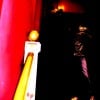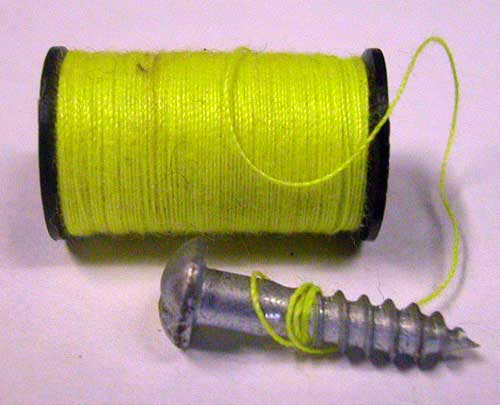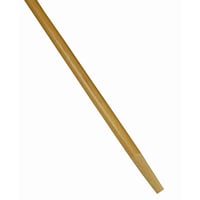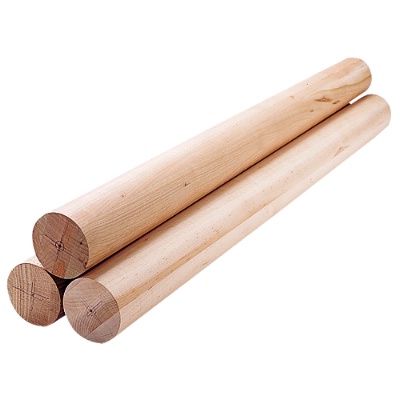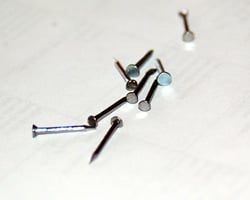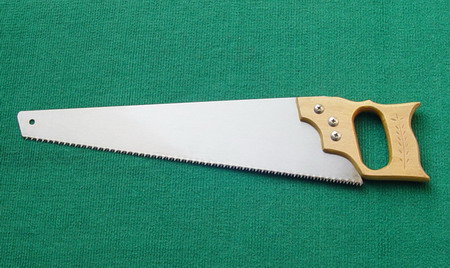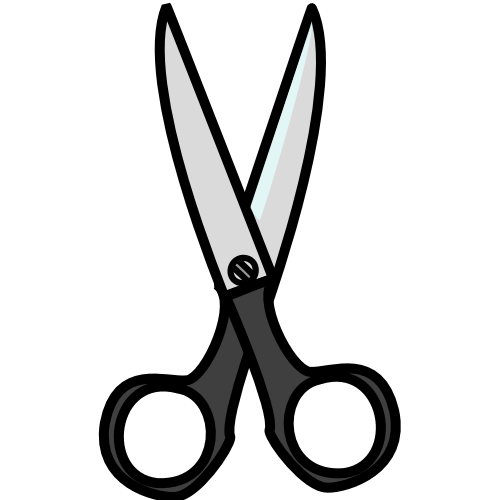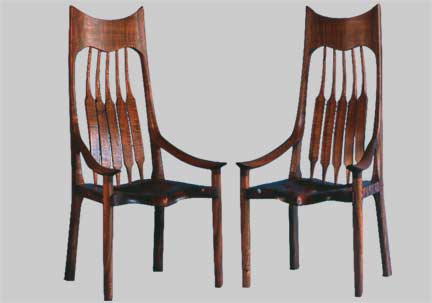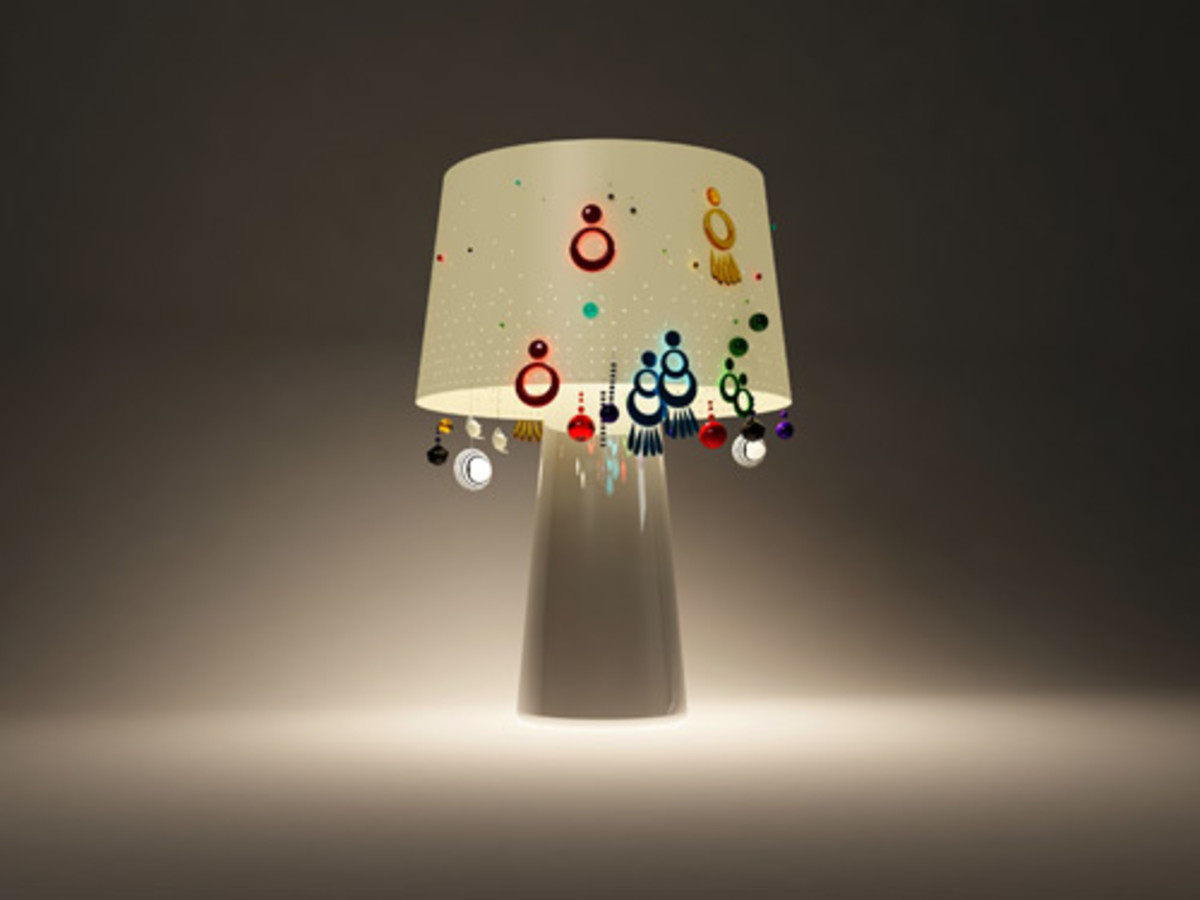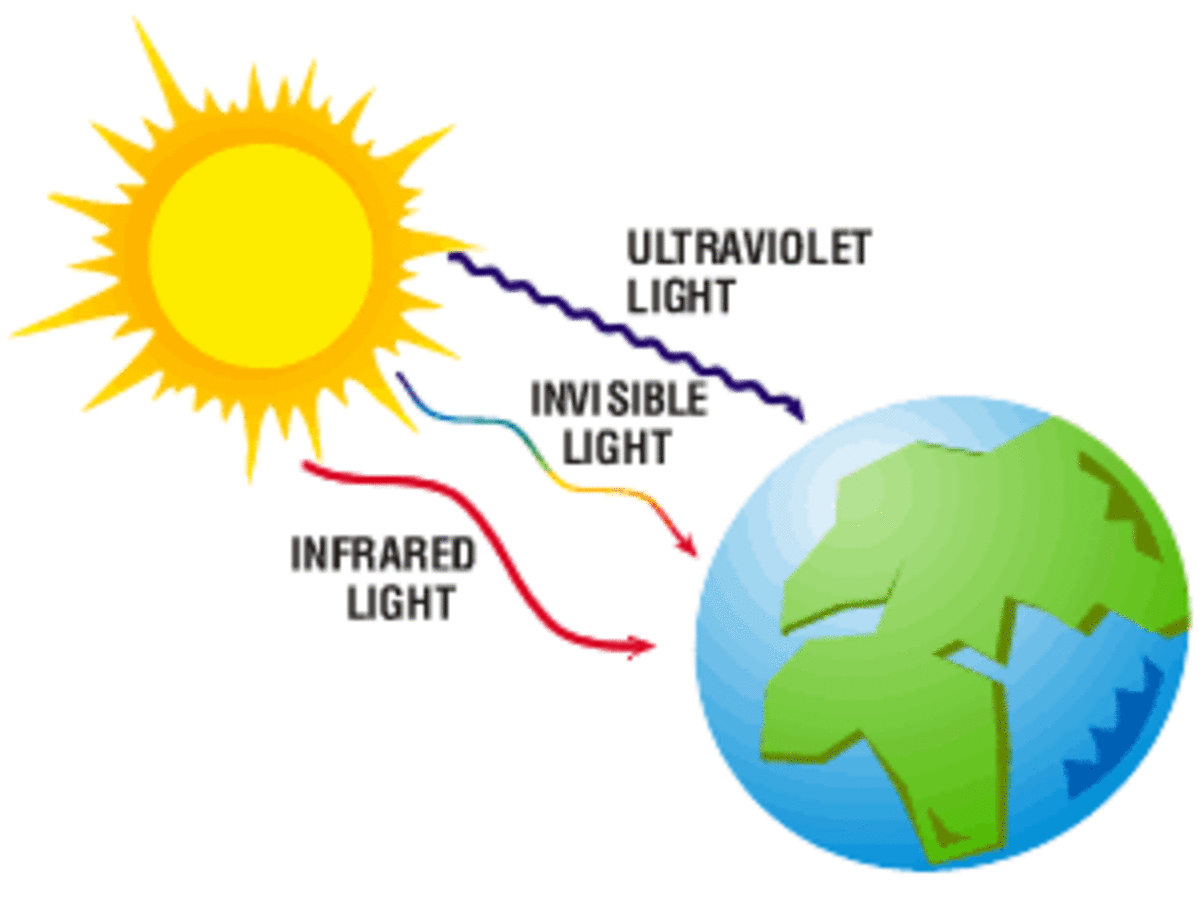Fast and Easy Science Fair Projects: Balancing Act







This is my 24th hub on Fast and Fair Science Fair Projects. I'm sure you'll enjoy reading and trying out this one too!
Objects at rest tend to stay at rest
Purpose: We want to find out if objects at rest will remain at rest if balanced forces are applied.
Overview: Sir Issac Newton, an English mathematician who lived from 1642 to 1727, discovered some important principles of natural science. One of the laws of nature he recognized is that "objects at rest tend to stay at rest," which means that things that are not moving will stay that way unless an "unbalanced force" pushes (or pulls) on them. An unbalanced force is a push on an object that is stronger in one direction than a push from the opposite direction.
Balanced forces occur when equal forces coming from opposite directions are applied to an object. A book lying on a table has balanced forces acting upon it; but they are not at exactly opposite angles, the resulting force will be unbalanced. In other words, the book may slide down the slanted table.
Hypothesis: Objects at rest tend to stay at rest when balanced forces are applied to them.
You need:
- An adult
- A 9-inch (21 cm) wooden dowel, an inch or more (3 cm) in diameter
- Hand wood saw
- 3 small nails
- Hammer
- Thin string
- Scissors
- Broom handle or yardstick
- 2 chairs of equal height
Procedure: To put together a device to prove, or disprove, the above hypothesis, ask an adult to help by cutting a wooden dowel into three 3-inch long (7 cm) cylinders. The dowel should be at east 1 to 1.5 inches in diameter. If the dowel is purchased at a hardware store or hobby ship, the sales clerk may offer to cut the dowel to size for you.
With a hammer, tap a small nail into the top of each dowel at exactly the middle. To find the middle accurately, you can use two pieces of string or thread. Lay one piece across the end of the dowel and another straight across it, at a 90-degree angle. The point where the two pieces cross each other is the middle.
Tie one end of a 3-foot-long (90 cm) piece of string onto the nail of one of the dowels. Do the same for the other two dowels.
Place two chairs equal in height back to back (such as matching kitchen or dining room table chairs), but separate them by about 3 feet. Lay a broom handle across the top of the chair backs (a yardstick or any long, stiff pole will also work).
Tie the loose end of one of the dowels to the center of the broom handle, so that the dowel hangs down, but does not touch the floor.
Hang another dowel on the right and another one on the left of the first dowel, so they are side by side. Tie the ends to the broom handle so that all three dowels are hanging straight and just touching, alongside each other when they are not moving.
Take the left dowel in your left hand and the right dowel in your right hand. Pull them both away from the center hanging dowel until they are each about a foot (30 cm) away from the center dowel . Let the dowels in each hand go exactly the same moment (this may take some practice), so they will both hit the center dowel together.
If only one dowel should swing into the center dowel (which is at rest), the "unbalanced force" will push the center dowel and make it swing, too. But if both swinging dowels apply equal force in opposite directions, the experiment should result in a balanced force on the center dowel so that it remains at rest.
Results and Conclusion: Write down the results of your experiment. Come to a conclusion as to whether or not your hypothesis was correct.
Something more: Show balanced and unbalanced forces in the game of "tug of war." Tie a ribbon onto the center of a long rope. Place a brick or some object on the ground to mark a spot, and lay the rope over it, with the ribbon on top of the brick. Have several friends grab one end of the rope and several other for a game of tug of war. When equal pulling force is on both sides, the ribbon will stay hovered over the brick. When the pulling force becomes unbalanced, the ribbon will move toward the friends who are exerting the stronger total force.
Thanks for reading this one! Hope you liked it! If you want more on Fast and Easy Science Fair Projects, you can try my other Hubs relating to the topic. Here are five of my latest Hubs on Fast and Easy Science Fair Projects for you:
- Fast and Easy Science Fair Projects: Water Maker
Solar Radiation Purpose: How could we change snow to water if the temperature was below freezing? Overview: If you were stranded in the woods or in a place where there was lots of snow and ice and you... - Fast and Easy Science Fair Projects: Room for Brightness
Reflected Light Purpose: Show that a room is better lit when the room's walls are painted in bright colors compared to a room where the walls are dark (makes a room safer, (reduces eye fatigue when... - Fast and Easy Science Fair Projects: Cellular Can
Transmitting sound by vibrating materials Purpose: To improve the sound of the traditional homemade "tin-can" toy phone. Overview: Sound is formed by an object moving back and forth, or vibrating.... - Fast and Easy Science Fair Projects: Blown Away
This is my 23rd hub on Fast and Fair Science Fair Projects. I'm sure you'll enjoy reading and trying out this one too! Good luck! Fluidics: air flow around shapes Purpose: Determining how air flows around... - Fast and Easy Science Fair Projects: The Sound of Time
This is my 22nd hub on Fast and Fair Science Fair Projects. I'm sure you'll enjoy reading and trying out this one too! Good luck!Amplifying Sound Purpose: Sound is sometimes faint and hard to hear, how can...
